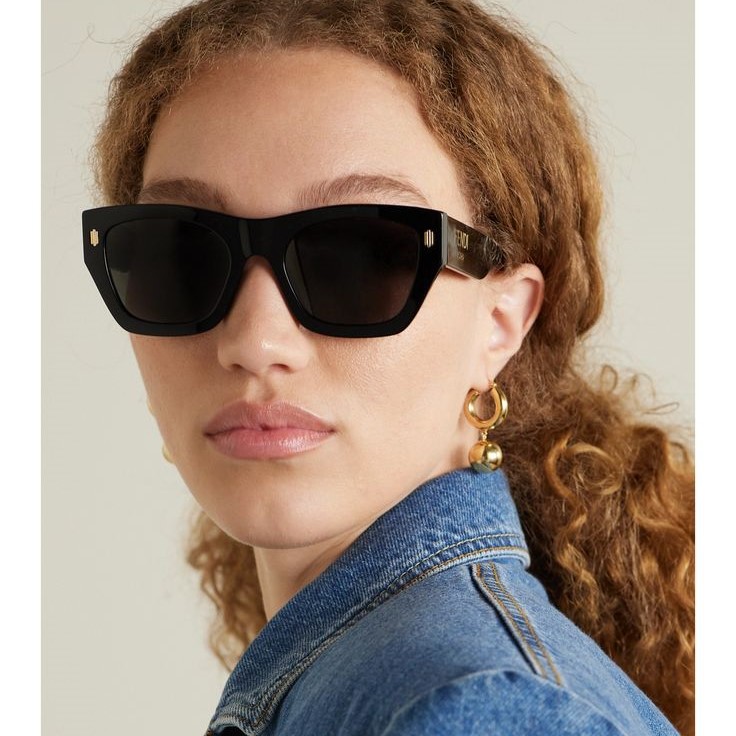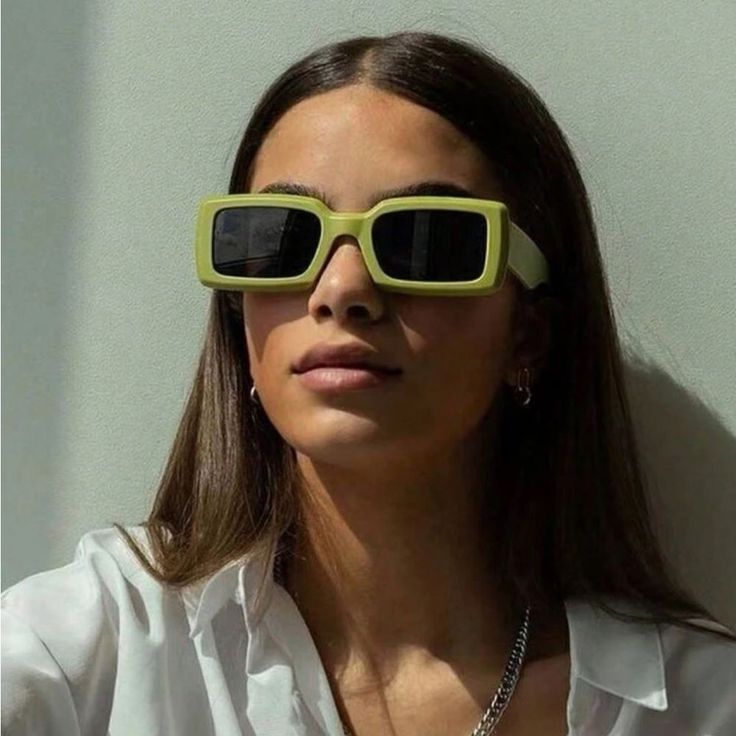The Origins: When Were Sunglasses Invented?
The question “When were sunglasses invented?” is one that has intrigued historians and enthusiasts alike. To answer this, we must delve deep into the annals of human history. Sunglasses, as we know them today, did not always exist in their current form. The concept of protecting eyes from sunlight dates back thousands of years. Ancient civilizations, such as the Inuit, used walrus ivory to create slotted goggles. These primitive devices shielded their eyes from the harsh Arctic glare caused by snow reflection.
Around the 12th century in China, judges wore smoked quartz lenses during court sessions. This practice was intended to hide their expressions while questioning witnesses, rather than for sun protection. Over time, the purpose of these early eyewear pieces shifted toward shielding eyes from sunlight. By the 18th century, James Ayscough introduced tinted lenses specifically for vision correction. This marked a significant milestone in the development of sunglasses. Thus, tracing the journey of sunglasses reveals an intriguing evolution influenced by both necessity and fashion.

When did people first start wearing sunglasses? While ancient cultures utilized rudimentary methods, it wasn’t until the 20th century that sunglasses became widely popularized.
From Necessity to Fashion
Transition from Functionality to Fashion:
Sunglasses evolved from purely functional tools designed to shield eyes from sunlight into stylish fashion statements.
This shift was marked by a surge in popularity as more people began to associate sunglasses with personal style and status.
Hollywood Influence:
In the early 20th century, movie stars prominently incorporated sunglasses into their public personas.
Iconic figures like Charlie Chaplin and Greta Garbo helped establish sunglasses as symbols of glamour and sophistication.
The visibility of celebrities wearing sunglasses in films and public appearances propelled their acceptance in mainstream culture.
Manufacturing Innovations:
As sunglasses gained popularity, manufacturers started to explore various designs and materials to enhance their appeal.
The introduction of plastic frames offered a lighter and more comfortable alternative to traditional metal frames, making sunglasses more accessible to a wider audience.
Advances in lens technology significantly improved UV protection, offering greater eye safety without having to compromise on style.
Development of Polarized Lenses:
In the 1930s, Edwin Land introduced polarized lenses, which transformed the experience of wearing sunglasses by reducing glare and enhancing visual clarity.
These technological advancements married practicality with aesthetic appeal, solidifying sunglasses’ status in the fashion world.
Military Contributions:
The military’s need for specialized eyewear significantly pushed advancements in sunglass technology.
Pilots, facing glare at high altitudes, required effective eye protection, leading to the creation of functional yet stylish designs like Ray-Ban Aviators.
Launched in 1936, Aviator sunglasses became symbols of adventure and sophistication, further entrenching the fashionability of sunglasses in modern culture.
World War II and Aftermath:
The escalating demand for durable and protective sunglasses during World War II catalyzed further innovations and production.
Following the war, a period of post-war prosperity saw a boom in consumer interest for stylish accessories.
Brands began collaborating with Hollywood celebrities to create limited-edition collections, captivating audiences around the globe and increasing the allure of sunglasses.

Fashion Meets Functionality:
Everyday Wear
For daily errands or casual outings, sunglasses offer protection against sunlight while enhancing casual outfits.
They serve as a stylish accessory that complements various looks, from jeans and a t-shirt to summer dresses.
Outdoor Activities
Sunglasses are essential for outdoor activities such as hiking, beach outings, or sports, where UV protection is crucial.
Functional designs, like polarized lenses, reduce glare, making them practical for environments with bright natural light.
Cultural Events
At festivals, concerts, and art exhibitions, sunglasses not only protect the eyes but also make bold fashion statements.
Unique designs or trendy brands can reflect individuality and creativity in settings where personal expression is key.
Traveling
When traveling, sunglasses serve dual purposes: they protect against intense sunlight during sightseeing and function as a stylish accessory to elevate travel attire.
They can also provide a sense of privacy and mystery, especially in bustling public spaces.
Professional Settings
In some professions, especially those involving outdoor work or frequent client meetings outside, sunglasses can represent professionalism while maintaining style.
Selecting sleek, understated designs can convey competence without compromising on aesthetics.
Formal Events
Although typically reserved for casual or outdoor use, sunglasses can sometimes be incorporated into formal attire, particularly in summer events like weddings or garden parties.
Choosing elegant frames can add a glamorous touch to an otherwise classic look.
Seasonal Trends
Different seasons bring varied styles and functionalities; for instance, darker lens shades may be favored in the summer, while stylish frames can serve a different aesthetic in cooler months.
Seasonal releases often include designs that reflect current trends while ensuring they remain practical.
Sporting Events
At sporting events, sunglasses not only shield from sunlight but also enhance team spirit through colors or logos.
They can be a fun, stylish way for fans to show their support while staying comfortable.
Evolution Across Decades
When were sunglasses invented? Each decade brought distinct trends in sunglasses design, reflecting broader cultural shifts. The 1950s saw round frames inspired by intellectual aesthetics. Think John Lennon or Harry Potter-style glasses. Meanwhile, the 1960s introduced oversized cat-eye shapes favored by Hollywood actresses. These bold designs reflected societal changes and liberation movements. In contrast, the 1970s embraced funky, colorful frames aligning with disco culture. Aviator styles resurged in the 1980s, symbolizing rebellion and individuality. Brands like Oakley and Maui Jim emerged during this era, focusing on sports performance and innovation.

By the 1990s, minimalist silhouettes dominated the market. Consumers sought sleek, understated looks epitomized by brands like Prada and Gucci. Modern times have seen a resurgence of retro styles alongside cutting-edge technologies. Smart sunglasses equipped with augmented reality features now cater to tech-savvy consumers. Despite shifting preferences, the core function—protection—remains unchanged. Today’s designers balance nostalgia with innovation, producing timeless yet futuristic creations.
Cultural Impact and Symbolism
When were sunglasses invented? Sunglasses transcend mere functionality; they carry profound cultural significance. In films and music videos, they often represent mystery or authority. Characters donning dark shades evoke enigmatic personas. Politicians and business leaders also utilize sunglasses strategically. They project confidence and control in public settings. Furthermore, sunglasses serve as status symbols. Designer labels command premium prices due to perceived exclusivity and craftsmanship.
Interestingly, regional differences influence sunglass preferences. For instance, European markets favor elegant, understated designs. Conversely, Asian consumers gravitate toward larger, statement-making frames. Understanding these nuances helps manufacturers tailor products to specific demographics. Social media platforms amplify trends, allowing influencers to shape consumer behavior. Hashtags like #SunglassStyle and #GlamourFrames trend globally, showcasing diverse interpretations of this classic accessory.
Technological Advancements
Innovation has been the driving force behind sunglasses’ enduring appeal. Advances in material science led to lightweight yet robust frames. Titanium alloys and carbon fiber offer durability without compromising comfort. Similarly, lens coatings enhance visual clarity and reduce reflections. Photochromic lenses adjust automatically based on light intensity, providing optimal visibility in varying conditions.
Environmental concerns spurred developments in sustainable manufacturing. Eco-friendly materials and biodegradable components are increasingly incorporated into production processes. Brands prioritize ethical sourcing and reduced carbon footprints. Such initiatives resonate with environmentally conscious consumers. Looking ahead, wearable technology promises even greater integration. Imagine sunglasses monitoring vital signs or projecting holographic displays. These possibilities hint at exciting futures for this timeless accessory.

Health Benefits Beyond Style
While aesthetics dominate discussions around sunglasses, their health benefits cannot be overlooked. Prolonged exposure to ultraviolet (UV) rays increases risks of cataracts, macular degeneration, and skin cancer near the eyes. Quality sunglasses block harmful UV radiation, safeguarding ocular health. Polarization reduces glare, improving visibility and reducing eye strain. Athletes particularly benefit from advanced models tailored to specific activities. Golfers appreciate gradient lenses enhancing contrast on greens, while skiers rely on mirrored lenses combating snow reflection.
Parents are becoming more vigilant about equipping children with proper eye protection. Early adoption fosters lifelong habits ensuring healthier vision outcomes. Educating consumers about these advantages encourages smarter purchasing decisions. Schools and community organizations host workshops highlighting the importance of UV protection. After all, investing in good sunglasses is an investment in long-term well-being.
Future Predictions and Challenges
As technology progresses, so too will sunglasses evolve. Virtual reality integration could transform how users interact with digital content. Augmented reality overlays might provide real-time information directly onto lenses. Privacy issues may arise, necessitating careful regulation. Ethical dilemmas surrounding data collection and usage must be addressed proactively.
Additionally, affordability remains a challenge. High-end innovations often come with steep price tags limiting accessibility. Manufacturers need to strike a balance between profitability and inclusivity. Collaboration with healthcare providers could facilitate subsidized programs benefiting underserved populations. Ensuring equitable access ensures everyone enjoys the benefits of modern sunglasses. Emerging markets present vast opportunities for growth, provided companies adapt to local needs and preferences.

Conclusion: Celebrating the Legacy of Sunglasses
Returning to our initial query—”When were sunglasses invented?”—we find a rich tapestry of history, innovation, and culture. From humble beginnings in ancient China to cutting-edge smart devices, sunglasses continue shaping perceptions worldwide. Whether driven by necessity or desire, their universal appeal endures across generations. Remember, when selecting your next pair, consider both appearance and functionality. Protecting your eyes today ensures clearer vision tomorrow.
Thus, the journey of sunglasses mirrors humanity’s relentless pursuit of progress. Let us celebrate this remarkable accessory and anticipate future marvels awaiting discovery. Sunglasses are more than just a piece of eyewear—they are a testament to human creativity and ingenuity.